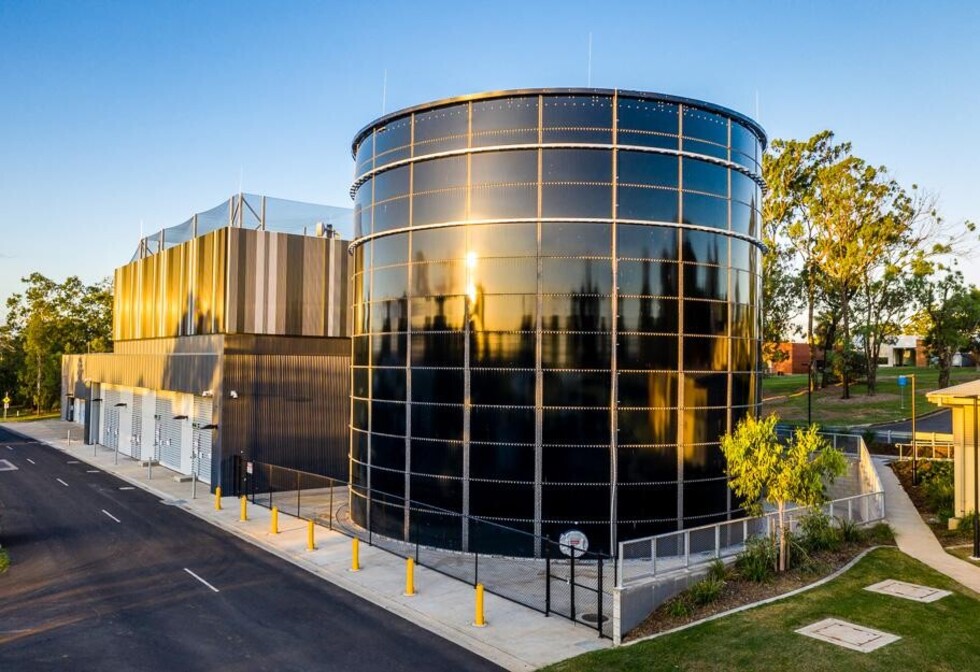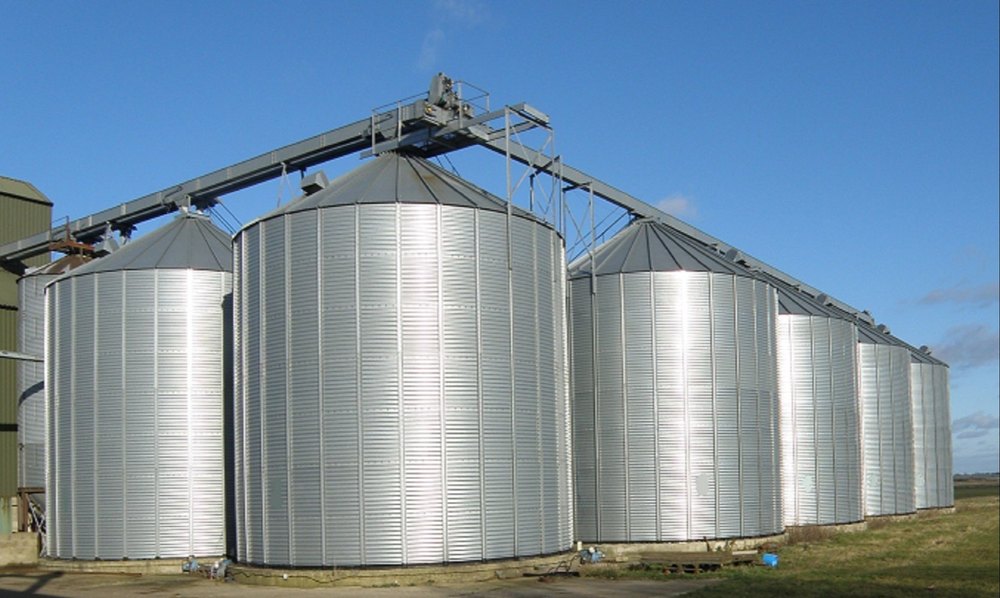
FUSION BOND TANKS (FBE) Introduction
Corrosion poses significant challenges in industrial and commercial settings, leading to infrastructure deterioration, safety risks, and costly repairs. Introducing fusion bonded epoxy (FBE) tanks as a reliable solution for corrosion prevention revolutionises storage solutions in these environments. Fusion bonded epoxy (FBE) coating acts as a protective barrier against corrosion, safeguarding tanks from the detrimental effects of environmental exposure and chemical interactions. Compared to traditional coating methods, FBE offers superior adhesion, durability, and resistance to corrosion, ensuring long-term reliability and performance.
All Products
How can we help you?
Contact us at the Consulting WP office nearest to you or submit a business inquiry online.
Increasing Steel with Fusion Bond Epoxy (FBE) Coating
Imagine a steel structure fortified by a layer of advanced epoxy—the essence of Fusion Bond Epoxy (FBE)-coated prefabricated tanks. These tanks result from a meticulous process involving epoxy and mild steel plates.
This fusion serves a pivotal purpose: to enhance the properties of steel and fortify it against the challenges posed by environmental conditions. While bare steel is susceptible to the whims of weather and corrosion, the fusion of epoxy changes the game.
The resulting coating amplifies resistance against atmospheric weathering and corrosion, effectively widening the acceptable pH range. The applications for these tanks are vast, encompassing the storage of clear water, wastewater, organic waste, oil, and more.
Crafting Excellence: The Process and Technology
A sophisticated fusion process is at the heart of Fine Touch Fusion Bond Epoxy (FBE)-coated prefabricated tanks. The interior and exterior of tank panels are coated with epoxy, creating a protective barrier against the elements.
This process unfolds within a specialized furnace with temperatures ranging from 120 to 240 degrees Celsius. The construction of the tank shell involves the strategic overlapping of two panels, secured in place through nut bolting using high-grade nuts and bolts. A constant application of flexible sealant ensures a seamless union.
The fusion process extends beyond the panels. The connecting materials and shell accessories undergo meticulous surface protection treatments, ensuring comprehensive resilience. The result is a tank that serves as a versatile storage solution. These tanks go beyond storage; they form the bedrock of environmental and technological facilities, including wastewater treatment plants and biogas stations.

Benefits of Epoxy Coated Steel Tanks
Epoxy coated steel tanks offer a multitude of benefits for storing various substances, including water, chemicals, and fuels. The inherent corrosion resistance of FBE coating extends the lifespan of tanks, reduces maintenance costs, and enhances operational efficiency across industries.
Corrosion Resistance: FBE coating exhibits exceptional corrosion resistance properties, particularly in harsh environmental conditions such as coastal areas or industrial sites with high chemical exposure. Industries ranging from oil and gas to water treatment and agriculture rely on fusion bonded epoxy tanks to protect against corrosion and ensure asset integrity.
Chemical Resistance: The chemical resistance of epoxy coating makes it an ideal choice for storing a wide range of chemicals, including acids, alkalis, and solvents. Petrochemical plants, wastewater treatment facilities, and mining operations benefit from epoxy steel tanks’ ability to withstand corrosive substances, ensuring safety and compliance with regulatory standards.
Structural Integrity: FBE coating not only provides corrosion protection but also reinforces the structural integrity of tanks. By reducing the risk of leaks, cracks, and failures, epoxy coated steel tanks minimise the potential for environmental contamination and downtime, enhancing operational safety and productivity.
Related Products











